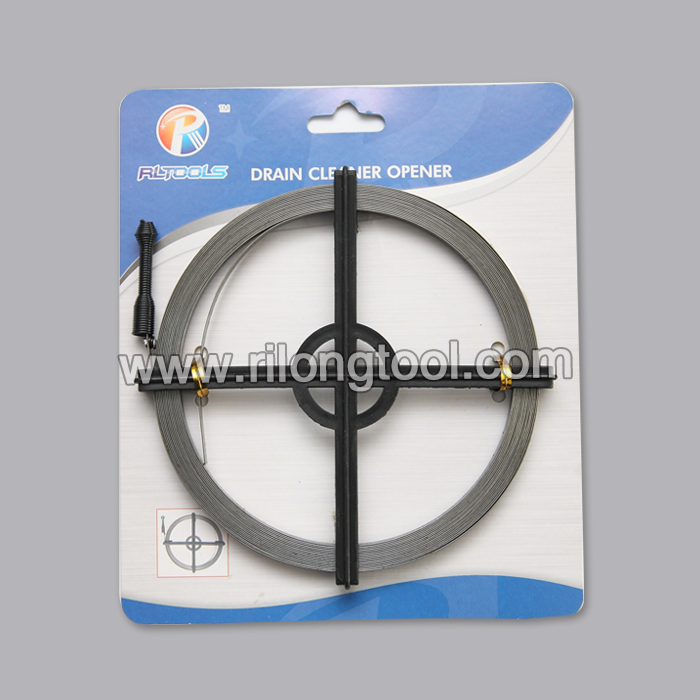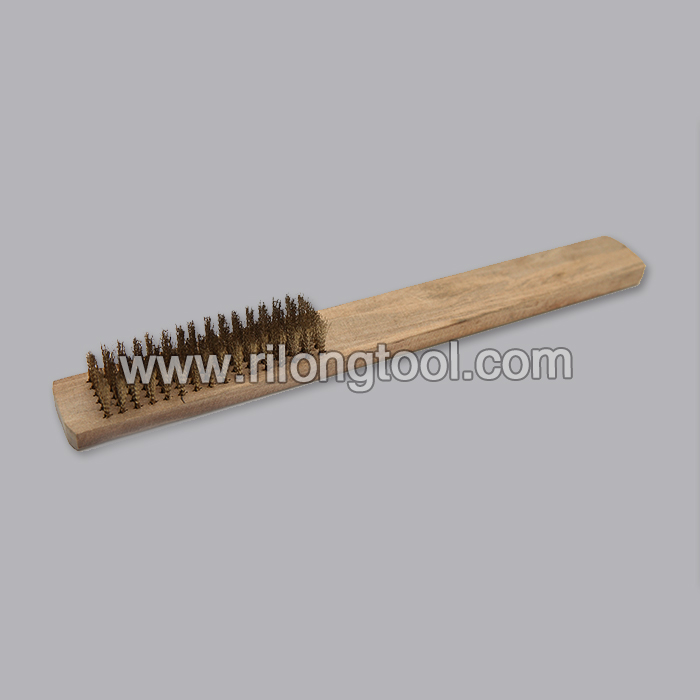Rapid Delivery for 10″ Backhand Flat-nose Locking Pliers Malta Factory
Short Description:
Product Detail
Product Tags
We always work as a tangible team to ensure that we can provide you with the best quality and the best price for Rapid Delivery for 10″ Backhand Flat-nose Locking Pliers Malta Factory, Our aim is "blazing new ground, Passing Value", in the future, we sincerely invite you to grow up with us and make a bright future together!
Basic Information
■Model Number: RL-DLQ010
Additional Information
■Material: A3# steel (Q235) or 45# steel
■Size: 10”
■Surface Treatment: Nickel-plated, Zinc-plated, Black Oxide, Electrophoresis
■Heat Treatment: Optional
■Package: Blister Card, Suction Card, Tie Card, Double Blister Card
■OEM: Acceptable
■HS Code: 8203200000
■Samples: For FREE
■Delivery Time: Always 30 working days depending on the order quantity
■Packing: By standard cartons
Product Description
■Mainly used for clamping parts to rivet, weld, grind and so on, which is characterized by the powerful clamp force produced by the jaw. It can lock tight so that the parts won’t fetch away. Besides, jaws have a lot of levels to adjust for the use of different thickness of parts, and it also can be used as a wrench.
■Flexible using, long life and good tenacity.
■The screw tuning button can give the best clamp size easily.
Product Image
https://www.PoundedThumb.net
Pounded Thumb Sr., a retired electrician, offers his take on the new high leverage linesmen’s pliers from Channellock
https://goo.gl/to1VuP
We get lots of questions here in the BikeBandit Garage. One of the most common questions is on the topic of safety wire. In this installment, join Rob Fish as he goes over the basics of safety wire.








